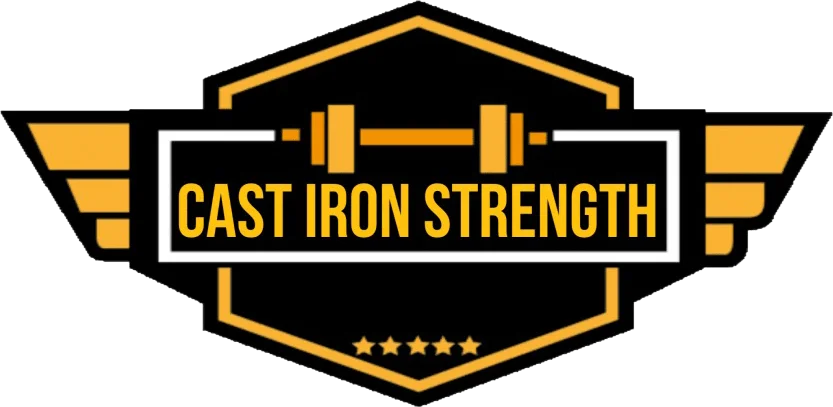Compartmentalization is an unconscious psychological defense mechanism used to avoid cognitive dissonance, or the mental discomfort and anxiety caused by a person’s having conflicting values, cognitions, emotions, beliefs, etc. within themselves.
Compartmentalization allows these conflicting ideas to co-exist by inhibiting direct or explicit acknowledgement and interaction between separate compartmentalized self states – Wiki 2013
Maximal strength is multi-factorial in nature, many things come together to display themselves as one cohesive entity. Maximal strength calls upon the following to name a few
- Ability to recruit significant muscle fibers to produce the required amount of force (neuromuscular activation)
- Skill level in the movement (Intra / Inter muscular co-ordination)
- Muscle Size (cross sectional area)
- Lever Size (biomecanics of the lifer in relation to the lift)
- State of readyness (physical and mental)
To name but 5 general physical characteristics that come together to influence someone’s maximal strength in a movement.
People are generally at ease when it comes to thinking of these factors in isolation or putting it across in an academic or theoretical sense. However when it comes to integrating them into a holistic approach to strength and power training a lot of people allow these categories to cloud their thinking.
Statements such as you don’t build strength with 10s you build size or conditioning lead to the kind of outcomes and thinking I am alluding to. 10s can give you an opportunity to
– Build up skill specific practice under fatigue with a weight that is unlikely to induce injury or heavy neural fatigue
– Build skill specific muscle mass that will help in future when you go to heavier lifts in that same movment pattern.
– With a maximal set of 10 you can work on recruiting all of the available motor units by introducing fatigue instead of using a true 1RM allowing the lifter to practice this skill.
– You can challenge the athlete’s mental toughness by performing multiple challenging sets of 10 with a challenging task such as squatting.
– Alter the lifter’s biomechanics for a lift by preferentially hypertrophying muscles in areas of weakness. For example a lifter with a long slender back will develop larger spinal erectors to help them deal with the forces demanded of it in a squat or deadlift making it less of a weakness.
So yes 10s do in fact help you to build strength if you look at it in a holistic or practical frame of reference. Sets of 10 with a meaningless weight however will not lead to an increase in strength they may lead to an increase in nothing.
Hypertrophy is a response to increased force demand in a skill. The fibres that receive the hypertrophy response are the ones used in the skill. Why do you think body-builders recommend a variety of exercises for different muscle groups? For a chest getting stronger in the following :-
– Incline Barbell and Dumbbell Press
– Flat Dumbbell and Barbell Press
– Decline Dumbbell and Barbell Press
– Cable fly from 3 different angles
– 2 chest press machines with different angles.
Is a lot more likely to lead to increased chest hypertrophy to just getting better at “bench”. One look at a bodybuilder’s chest versus a 300kg bench presser’s chest should be proof enough of concept in this matter.
320 kg bench presser vs 210 kg bench presser
Size helps in the acquisition of top level strength in a specific movement but it is only one of the factors involved as such one should improve it along side the other limiting factors.
That is a key concept when it comes to a limit or maximal activity which is exactly what strength training is. Lets look at this in isolation as a proof of concept.
Movement – Squat
Blockage – Lack of movement specific mobility causes the lifter to lean forward excessively in the lift making the extension demands on the muscles of the hip and lower back overly pronounced.
Solution A – take a side step, perform a mobility and skill acquisition phase of training so you can achieve a more efficient movement pattern.
Solution B – Accept the movement as is and train muscles of the lower back and hips for extra strength and implement a better programme for the squat.
Both solutions will result in a better performance in the squat lift but solution A will lead to a much better increase of performance in the long term.
That’s why an integrated approach is so important when training for a limit activity because eventually not taking care of one aspect of the quality will bite you in the ass in the long run.
The best thing to do is to look at your training as a whole and to address the most glaring weaknesses first and then you can optimise as you go.
Stop thinking in black and white and start problem solving, your lifts will thank you.
Marc





